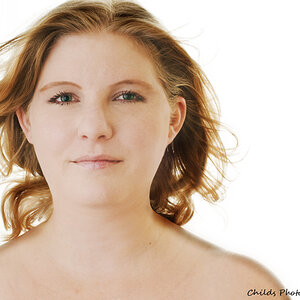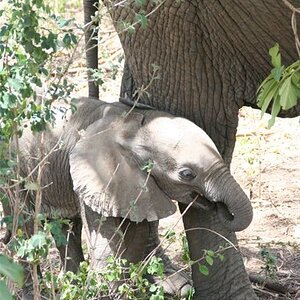JerryPH
No longer a newbie, moving up!
- Joined
- Oct 14, 2007
- Messages
- 6,111
- Reaction score
- 15
- Location
- Montreal, QC, Canada
- Can others edit my Photos
- Photos NOT OK to edit
... enough that I delayed responding to do a lot more personal studies (that means I spent a weekend with someone that had $25,000.00 in ProPhoto equipment in their studio). It is VERY impressive, but 75% of what he did, I could do as well. The same goes in the other direction. He could do only about 75% of the things I that I could do. Time to setup is near almost the same, but he has 20 years experience, I have a LOT less.
IMHO, I will just restate that each has it's place in a STUDIO, my friend agrees 100% after seeing the results in real life.
Rather than beat my head into a wall further, I'll just bow out of this conversation, gents. I am very comfortable knowing in my head what I know now, and am not here to change anyone, just learn.
IMHO, I will just restate that each has it's place in a STUDIO, my friend agrees 100% after seeing the results in real life.
Rather than beat my head into a wall further, I'll just bow out of this conversation, gents. I am very comfortable knowing in my head what I know now, and am not here to change anyone, just learn.
Last edited:




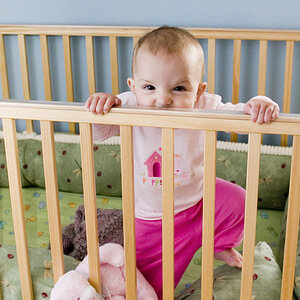
![[No title]](/data/xfmg/thumbnail/32/32699-3434a76363cb383404e00a3cd5ed5728.jpg?1619735601)
![[No title]](/data/xfmg/thumbnail/32/32702-7344d6e6132276dd7bfc046084fea432.jpg?1619735604)
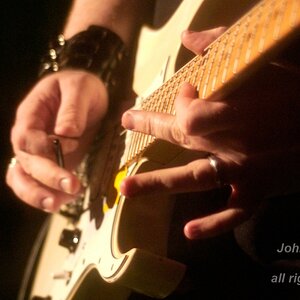

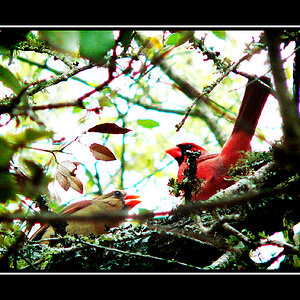
![[No title]](/data/xfmg/thumbnail/35/35963-4809c92024a0e6355dd194caf9297701.jpg?1619737279)
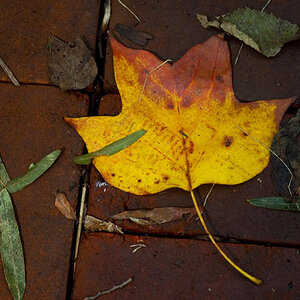
![[No title]](/data/xfmg/thumbnail/37/37602-1ef8dbb1c2d0e4ff347ee65d328c3603.jpg?1619738147)
![[No title]](/data/xfmg/thumbnail/35/35962-c0d3c2e7c3fd7f9bd7e12c21f955f4f0.jpg?1619737278)
